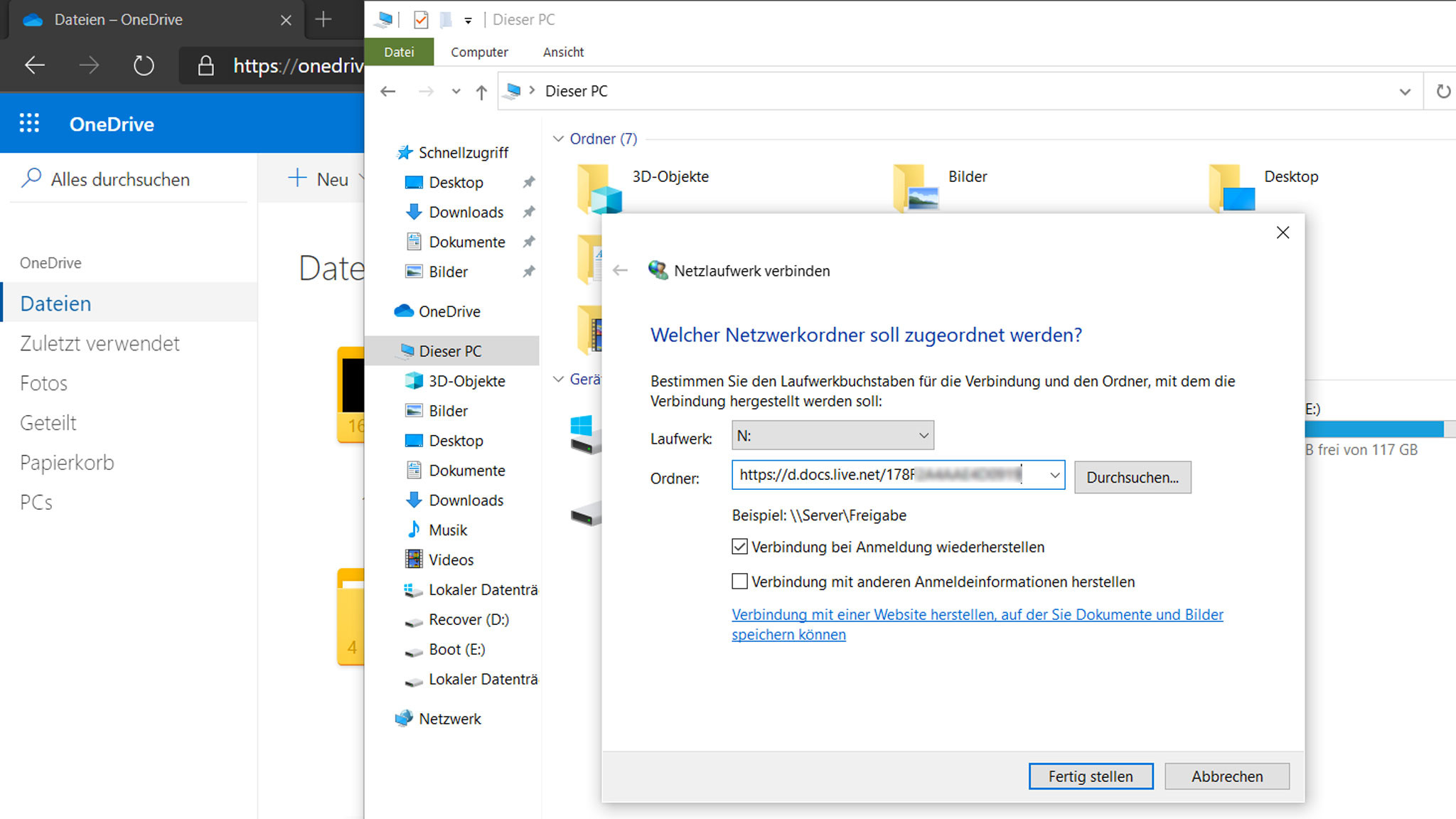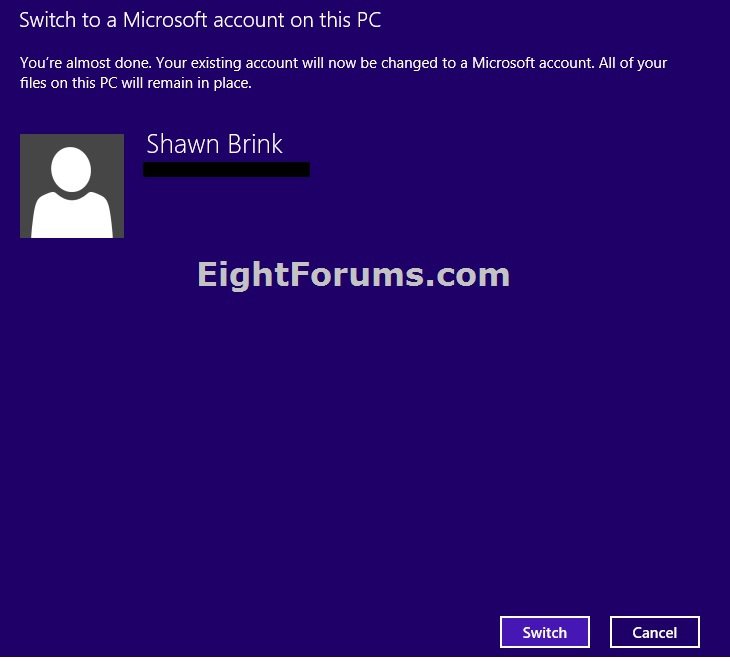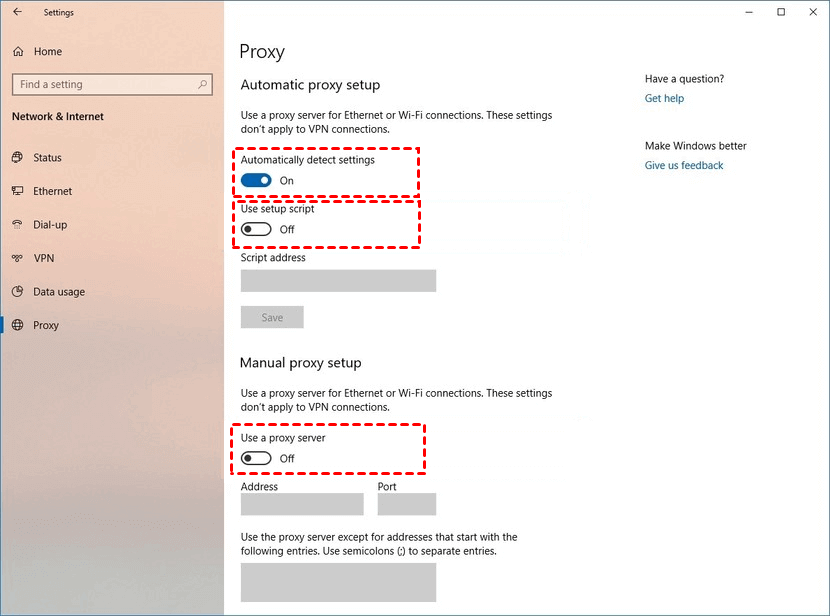
In conclusion, if you want to disable personal OneDrive account syncing, tweak the Group Policy or Registry settings. After you created the key, double-click on it and edit its value to 1.Then click on an empty area in the right-hand pane.Navigate to Computer\HKEY_CURRENT_USER\Software\Policies\Microsoft\OneDrive.Double-click on the Registry Editor to launch the tool.Type regedit in the Windows search bar.After that, open the Group Policy Editor as explained above.Navigate to %systemroot%\policyDefinitions\en-us and add OneDrive.adml.Then drag and drop OneDrive.admx to this location.Launch a new Run window and type %systemroot%\policyDefinitions.Download the OneDrive Deployment Package from Microsoft.Do this before accessing the Group Policy settings: Note: Depending on your current configuration, you may need to follow additional steps. Locate and double-click on the DisablePersonalSync key.
HKEY_CURRENT_USER\SOFTWARE\Policies\Microsoft\OneDrive.



The message reads as follows: “ Your organization does not allow you to sync your personal OneDrive on this computer“. The alert will pop up as soon as you’ve enabled the feature. For example, if they’re already doing that, they’ll receive an alert that syncing has stopped. As a result, the OneDrive for Business Sync Client will only support Office 365 accounts.Ĭonsequently, users won’t be able to sign in with their personal Microsoft accounts and sync personal OneDrive files.


 0 kommentar(er)
0 kommentar(er)
